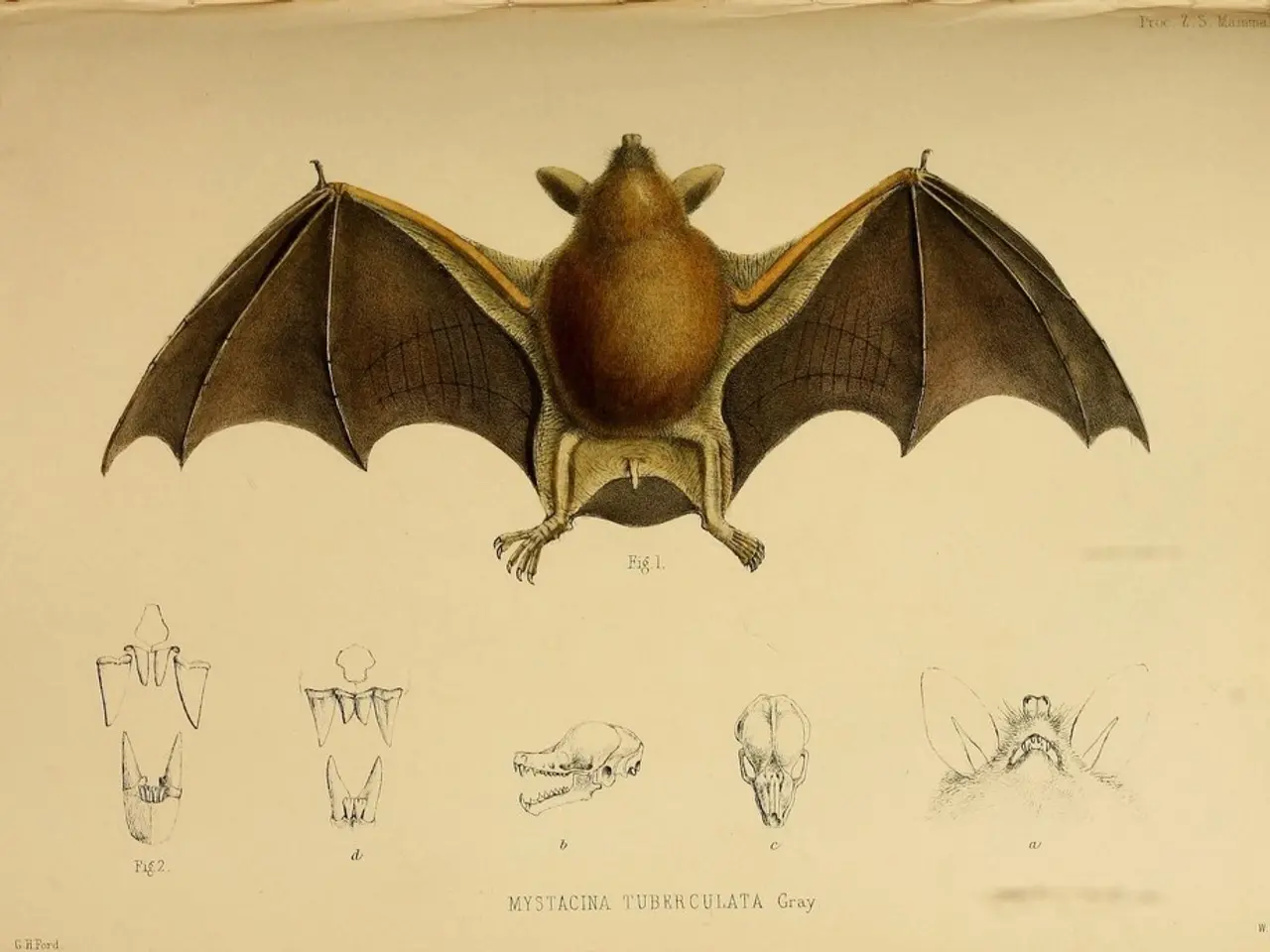Expanding Battery Industry in China by 47%
China's EV Battery Market: A Shift Towards Diversification
The first half of the year has seen a significant change in the Chinese electric vehicle (EV) battery market, with a gradual shift towards a more diversified industrial ecosystem [1]. This trend is marked by the emergence of new market participants and specialized firms, which are gradually capturing a larger share of battery production.
Currently, the market share is dominated by a few top manufacturers. CATL and BYD, the market leaders, account for approximately 66.6% of the market, with CATL leading with a capacity of 128.6 GWh (43.05% market share) and BYD holding 70.37 GWh (23.55% share) [1]. However, the top ten manufacturers combined hold only 93.6% of the market, a slight decrease from previous years, indicating a more competitive landscape [1].
This diversification aligns with broader trends in China's rapidly growing EV market and lithium demand, which is underpinned by expanding electric vehicle sales and increasing stationary energy storage projects requiring diverse battery solutions [2][3]. The shift towards a more diversified ecosystem can better accommodate varying battery chemistries and applications, including the rising use of lithium iron phosphate (LFP) batteries, which are important for cost-effective EVs and grid storage [2][3].
In the first half of the year, CATL is the largest NMC producer, with 38.81 GWh in production. CATL is the only company to achieve a three-digit result, producing 128.6 GWh in the first half of the year [1]. Other significant players include Rept Battero (6.59 GWh), Zenergy (5.95 GWh), Jidian (4.23 GWh), Sunwoda (9.07 GWh), Svolt Energy (8.4 GWh), CALB (19.46 GWh), and Gotion (15.48 GWh) [1]. Notably, three more companies - CALB, Gotion, and EVE Energy - achieved a two-digit production in the first half of the year [1].
The emerging diversification has some effect on the two market leaders, CATL and BYD. CATL's market share decreased by 3.33 percentage points compared to the previous year, while BYD's market share decreased by 1.55 percentage points [1]. This suggests that while CATL and BYD remain dominant, their market shares are slightly eroding as the overall industrial ecosystem becomes more balanced and competitive [1].
This dynamic highlights the maturation of China's battery industry, balancing scale advantages of incumbents with fresh innovation and competition from emerging players [1][2]. The trend towards a more diversified ecosystem can foster innovation, reduce supply risks related to overreliance on a few players, and offer a more resilient supply chain.
| Aspect | Detail | |-----------------------------|----------------------------------------------------------------------------------| | Market share top 2 (CATL+BYD)| 66.6% combined share (CATL 43.05%, BYD 23.55%) | | Top 10 manufacturers' share | 93.6% of battery capacity | | Trend | Market share concentration decreasing slightly; new entrants gaining share | | Significance | Leads to innovation, supply chain resilience, ecosystem diversification | | Drivers | Increasing EV sales, lithium demand, growth of energy storage |
[1] CarNewsChina. (2022). EV Battery Production in China: A Detailed Analysis. Retrieved from https://carnewschina.com/30877/
[2] Zhang, H., & Zhang, Y. (2021). The Evolution of China's Lithium-ion Battery Industry. Retrieved from https://www.sciencedirect.com/science/article/pii/S1364032120314382
[3] Xu, Y., & Zhang, H. (2021). The Development of Lithium Iron Phosphate Battery Industry in China. Retrieved from https://www.sciencedirect.com/science/article/pii/S1364032120314382
The changes in the Chinese EV battery market are reflecting a shift towards a more diversified industry, incorporating new market participants and specialized firms. This transition in the market landscape aligns with the broader trends in China's EV market and lithium demand, opening opportunities for innovative technology solutions and improving supply chain resilience.
As a result of this diversification, the previously dominant market leaders, CATL and BYD, are experiencing a slight erosion of their market shares, indicating a more competitive finance landscape within the technology sector.



